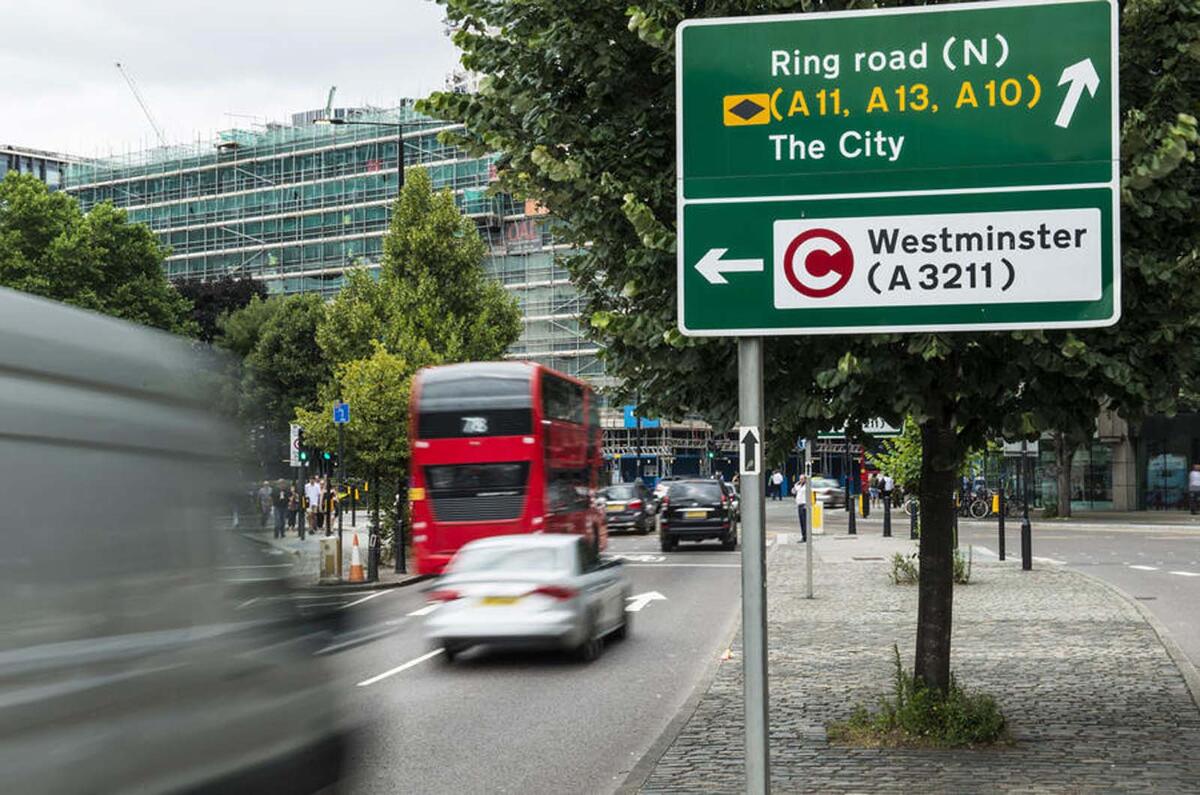The City of London has designated a potential test area for a pilot scheme that will lead to polluting vehicles facing bans from certain areas in the capital.
A section of Moor Lane, near Moorgate, could soon be open only to the least-polluting vehicles.
The measure is part of The City of London Corporation’s Low Emission Neighbourhood project.
Although non-compliant vehicles will still be able to enter from the north end of Moor Lane, the south access point will remain closed to all but Ultra-Low Emission Vehicles (ULEVs).
The City Corporation hopes to ascertain whether or not such a scheme would suit other areas across London. It is planned that by allowing only the cleanest cars and commercial vehicles to enter the street, the scheme will lead to an improvement in air quality throughout the Square Mile.
The City has yet to decide whether the restrictions will be made permanent or enforced from 0700-2300hrs, Monday to Friday. The trial is planned to begin by April 2019.
Shirley Rodrigues, deputy mayor for the environment and energy, said that such measures are “vital to encourage more Londoners to switch to ultra-low and zero-emission vehicles and help tackle the capital’s toxic air”.
Clear street signage, alongside a social and print media campaign, will promote awareness of the planned restrictions, and familiarise drivers with the types of vehicles that will be affected.
During the first month of the scheme, drivers of non-compliant vehicles in the area will be issued with a written warning, before Penalty Charge Notices come into effect. Funds generated in this manner would be reserved for use by highways maintenance divisions.
Proposals backed by the City of London Corporation’s Planning and Transportation Committee include the introduction of 15mph speed limits, with the aim of making parts of the Square Mile emissions-free as early as 2022.
The announcement follows the Corporation’s banning of diesel vehicles in its own fleet and a city-wide clampdown on drivers leaving engines idling unnecessarily.
Driving within the Square Mile has already been affected by similar regulations, with high polluting vehicles subjected to higher parking rates, and cleaner vehicles eligible for discounted prices.
Read more
City of London sets aim to be UK's first zero emission zone
London Ultra Low Emission Zone to affect 500,000 motorists from 2021
London's Ultra-Low Emission Zone to be expanded from October 2021








Join the debate
Add your comment
HGV and Construction Vehicles
Hmm. With an average office building of say 5 storys requiring on average 12-15000 tons of steel and approx 10000 tons of concrete , and at least 8 major constructions ongoing in Moorgate, requiring HGV deliveries every few mins how does this feel good scheme really do anything apart from demonise the lowly car driver? Until we have ultra low emission HGV in abundance all that is currently happening is extra signeage warning of penalties and a comittee.
Not sure how sending
Not sure how sending polluting vehicles on a diversion to go in the North entrance will cut pollution?????
Taxis and busses
This scheme is good but absolutely must include busses and taxis otherwise its bloody pointless also the zone needs to be much much larger in order to see the effects. One of them being 80% less traffic plus clean air oh and lots of parking spaces
Agreed.
I hope St James's Square will be next, although it's by no means certain that plug-ins are the answer.